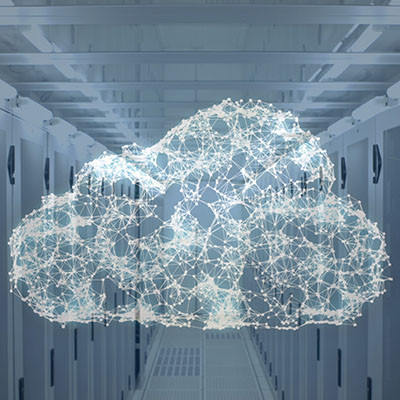Attend IT Blog
When Does Cloud Computing Start to Make Sense?
The server is the heart and brain of a business’ computing infrastructure. So much so that a failure can cause catastrophic effects on your business. If you are at a point where you are thinking about adding a server to your infrastructure, or replacing one that is a little long in the tooth, you now have less of a dilemma than you may have had previously. This doesn’t mean that it is not a serious decision, but today you have options on how you want to go about deploying your new server. This month, we thought we would go over some of the pros and cons that come with adding new infrastructure and whether purchasing a new server outright is the right decision for your business.
What Are Your Options?
Nowadays, cloud computing has become reliable enough to do about any type of computing your company needs. With this fact, you now have to decide whether adding new hardware to your server stack is the best option; or, should you seriously consider deploying virtual environments through the cloud. Let’s go through some of the pros and cons of each.
New Onsite Server
Before we talk about some of the considerations that go into hardware purchases, let’s talk about some of the pros and cons of deploying onsite servers. The first, and probably the most important benefit of utilizing onsite hardware is that you have complete control over the infrastructure. Not only can you set it up the way you want, you maintain access and don’t necessarily need an Internet connection. This can be extremely beneficial if you house sensitive and proprietary data.
Since the business environment has changed substantially over the past several years one of the leading talking points in the discussion between cloud and on-site infrastructure is the question: who needs access to it? With a lot of people now being able to work remotely, they need access to company data. This creates two big issues:
- How do you get your new onsite server set up reliably and ready to work for your company?
- How do you get remote workers access to the data and applications they need on that server?
These are important questions and ones that any business that decides they would like to get the benefits of hosting their own servers have to immediately confront. After all, if you don’t set your infrastructure up effectively, you will be constantly tinkering with your IT and it won’t bring your organization the value it should.
Cloud-Based Servers
Over the past several years, cloud computing has become a mainstay for businesses of all types. Before that, enterprise businesses were the only ones that were able to take advantage of these hosted servers, as the costs associated with data transmission—the way many of these systems are charged—were seen as prohibitive to businesses and organizations with smaller technology budgets. Prices have dropped substantially and now, with the needs of many businesses including catering systems to remote workers, cloud servers are now one of the most utilized by all businesses.
Obviously, if your servers are outsourced and hosted in a public cloud environment, you lose the capabilities to set up your machines. For most business purposes such as application deployment, communications, and collaboration, this doesn’t have the “risks” it once did. Additionally, cloud-based infrastructure can always be scaled to the amount of computing and storage your business needs, putting an end to the constant hand-wringing over software licensing and storage costs.
What you will absolutely need to take full advantage of cloud-based servers is a reliable and fast Internet connection. This can be a sticking point, especially if your organization likes to use innovative new communications platforms hosted in the cloud. Your end-users may not always have access to the type of bandwidth needed to reliably take advantage of the cloud-based tools.
As far as cost goes, the cloud-based infrastructure doesn’t demand that your organization make huge financial decisions with their IT infrastructure, but it does require that you pay the per GB or service subscription fees charged by the host. While this provides the opportunity for smaller businesses to get the cutting-edge tools that larger businesses have deployed for some time, it can end up costing more over time than purchasing your hardware and software upfront.
Obviously, you also lose control of your infrastructure somewhat, but most cloud services have reliable management and maintenance procedures that prioritize security and uptime; and, it doesn’t come with the big question marks on cost and maintenance that hosting your own IT can sometimes bring.
Your business has more options for computing than ever before and it’s important that you have a trained and expert perspective to help you make the decisions about it. If you would like to talk to one of our IT professionals about what is best for your immediate computing needs, give us a call today at 020 8626 4485.

